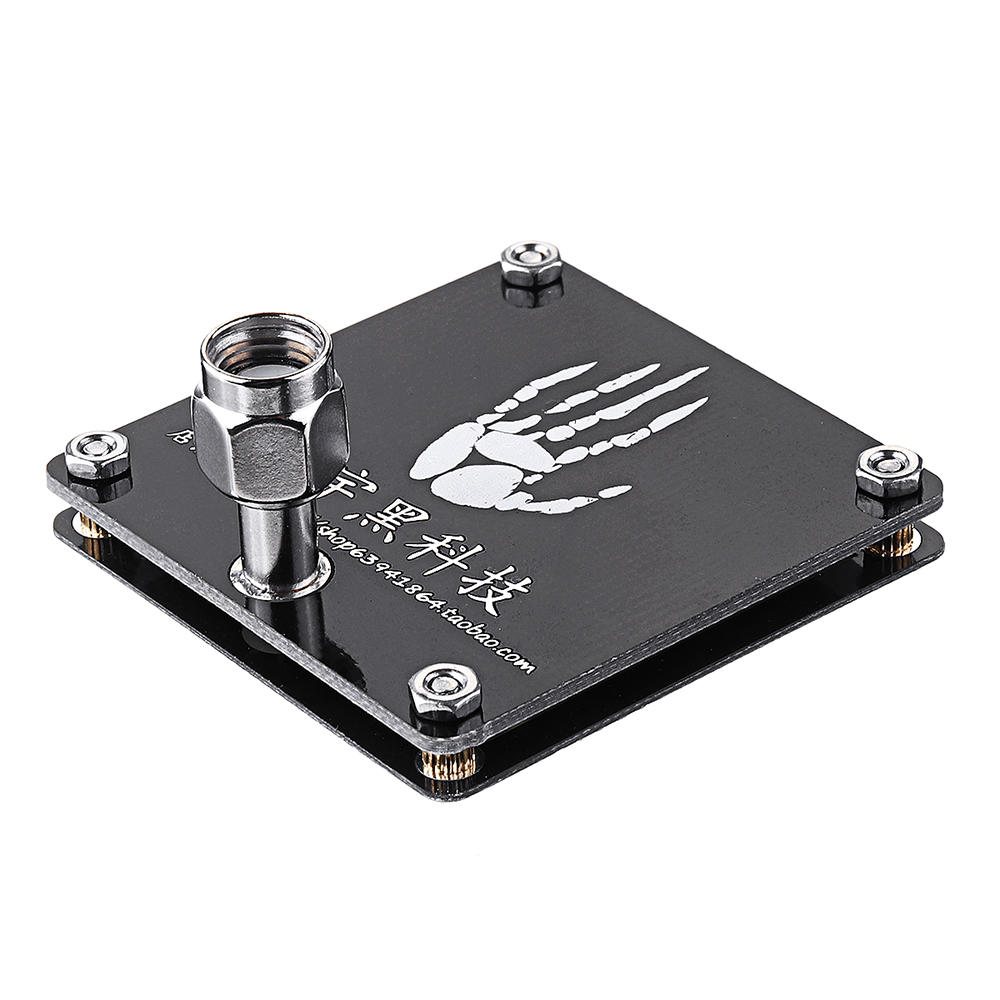


To get more range we can stretch the water balloon out to make it longer at the cost of reducing its width or coverage (making the balloon thinner).

By using different antennas you essentially alter the shape of the balloon, but the total amount of water remains fixed. The energy of your FPV system can be considered to behave like a water balloon. Directional and omni directional can apply to both linear and circular antennas, so you can have one directional antenna that is linearly polarized, but you can also get a circularly polarized direction antenna. if your antennas on the ground and aircraft will be aligned most of the timeĪnother classification of antennas is the directional polarization. When your aircraft is going to be very stable (such as a slow flying photography quadcopter) and you want to get more range.Dont have enough space to mount a circular polarized antenna.When you are performing acrobatic flying, or will not be staying exactly level for long duration of your flight.For most drone applications its best to use circular polarized antennas.LHCP is not compatible with RHCP, so if using circular polarized antennas you need to make sure that both the transmitter and receiver both have either RHCP or LHCP antennas. This simply reffers to the direction of corkscrew signal that emits from the antenna. When we talk about circular polarized antennas, we get left hand circular polarized (LHCP), and right hand circular polarized (RHCP) antennas. Another advantage of circular polarized antennas is their ability to reject multi-path signals. The fundamental advantage of circular polarized antennas is due to the corkscrew pattern you always get good overlap no matter what angle you are flying at, which is fairly important for aircraft. The most extreme case as shown below is when the transmitter and receiver antenna are 90 degrees to one another, resulting in the least amount of signal overlapįor this reason 99% of FPV drone pilots actually get better reception when using circular polarized (CP) FPV antennas. When using linear antennas on board your FPV drone in the sky means that when you are turning you will get less overlap, resulting in your FPV signal breaking down. Wireless systems such as Wifi will typically use linear antennas since the devices are stationary on the ground so its easy to ensure the antennas are always aligned.

However in order to get good reception with linear polarized antennas you need to ensure that both antennas are aligned to ensure the radiation pattern has maximum overlap. In general linear polarization can provide extra range as all the energy is focused on a single plane rather that being dispersed into a cylindrical pattern. The blue and green waves are the horizontal and vertical components of the signal that make up the combined signal in red. With circular polarized antennas is components are combined to form a signal on a circular plane corkscrew (red cylinder in the image). With linear polarized antennas the signal is formed on a single plane (red plane in image). The main thing to take note of in this image is the red plane on each diagram. The image above might look rather confusion at first, but the radiation pattern for linear (left) and circular polarized (right)antennas are shown. There are two main categories of antennas, linear and circular polarized antennas. The first concept that you should understand is antenna polarization. Antenna Polarization - Linear or Circular To learn more about frequencies have a look at our FPV transmitter guideīut before we get into the types of antennas its important to first understand the two types of antenna polarization. 95% of the time we use 5.8Ghz for FPV video so in the rest of this article we will assume all the antenna are 5.8Ghz. In general the lower frequency antennas are bigger than the higher frequency ones. Antenna FrequencyįPV antennas are tuned to specific frequencies so you cant use a 2.4Ghz antenna with 5.8Ghz FPV equipment. In this guide you will know the fundamentals of circular and linear polarization, and the difference between directional and omnidirectional antennas. If you dont feel like reading you should check out the video on antenna fundamentals which illustrates the differences between linear and circular antennas including directional and omnidirectional antennas. FPV-antenna-fundamentals.jpg 1080×1080 508 KBĪntennas are probably the most important component in your FPV system, this guide will tell you about all the types of antennas that are used for FPV, and when its the best situation to use them.


 0 kommentar(er)
0 kommentar(er)
